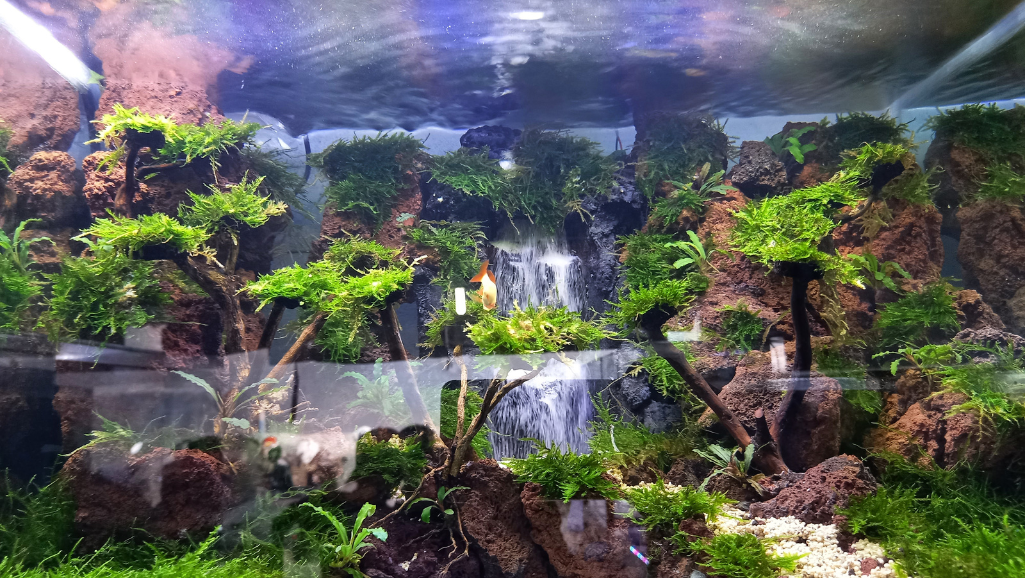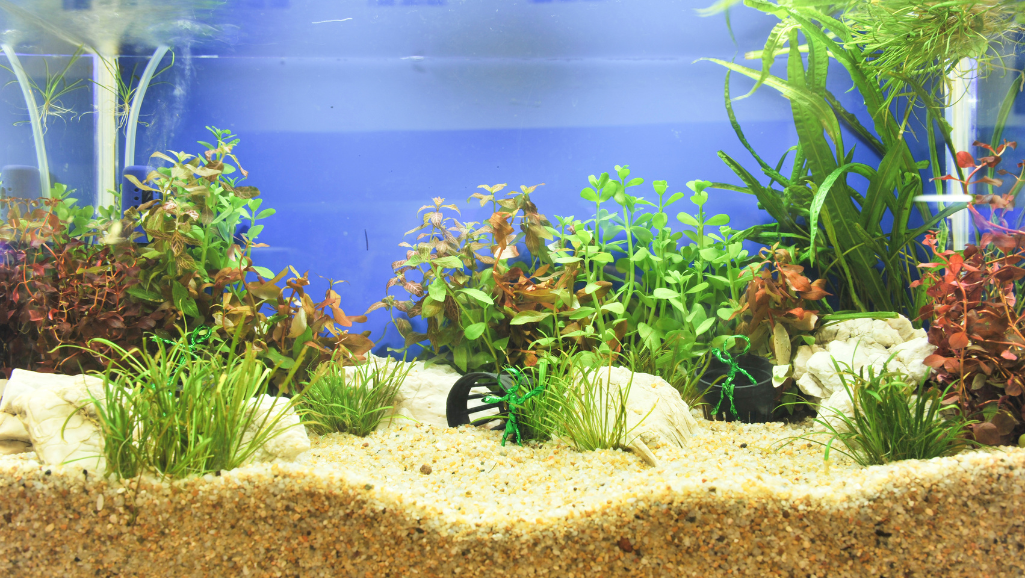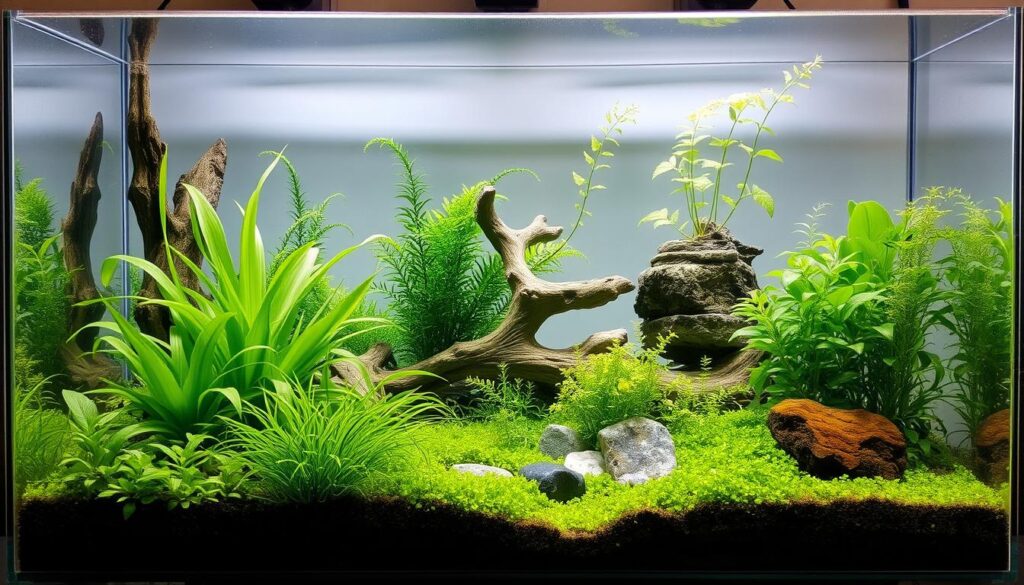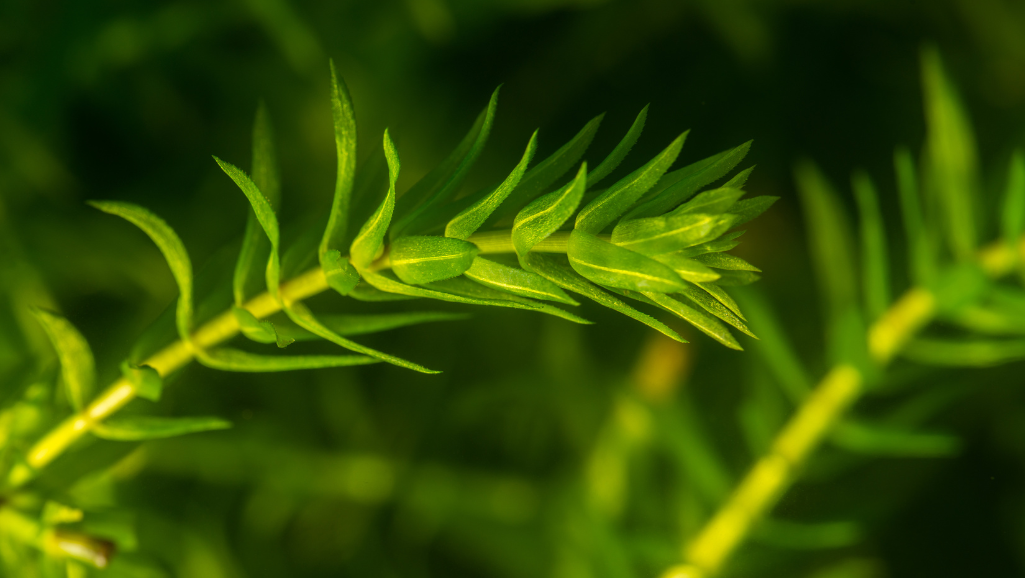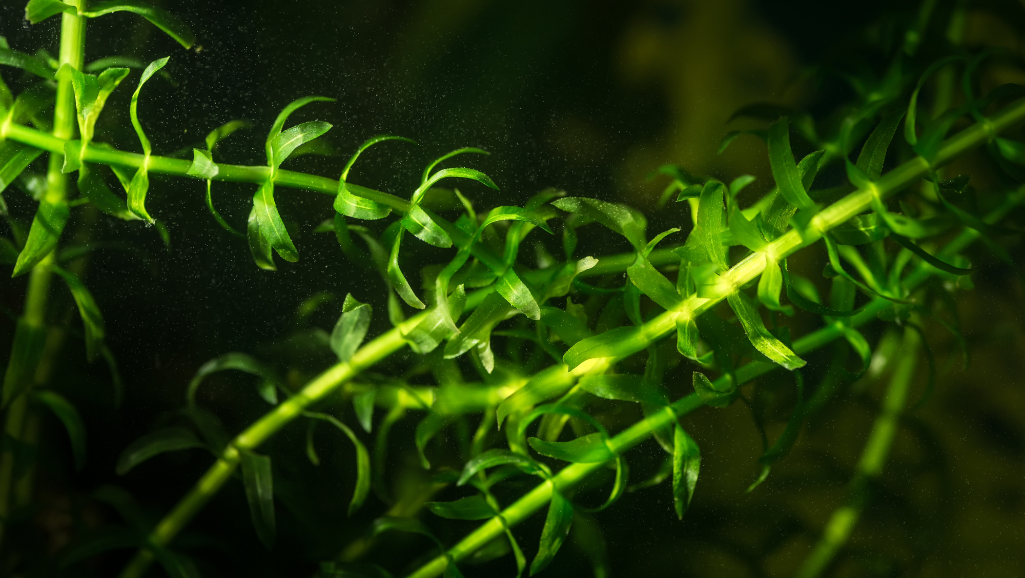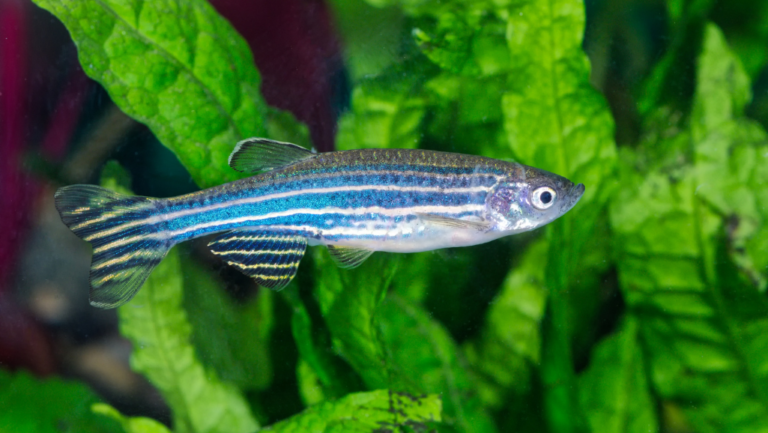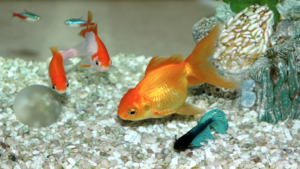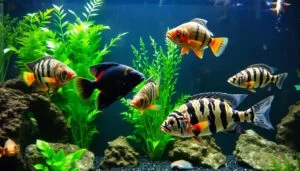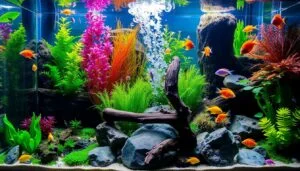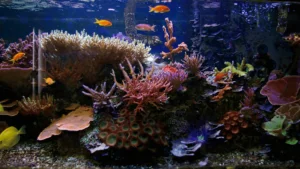Starting a new hobby can feel overwhelming, but with the right tools, it becomes an exciting journey. The Aquascape Aquarium Kit is designed to simplify the process for beginners, offering everything needed to create a stunning underwater world. This all-in-one solution includes essential components like built-in filtration, lighting, and a high-quality tank, ensuring a smooth setup experience.
Aquascaping, the art of arranging aquatic plants and decorations, transforms a simple tank into a thriving ecosystem. This kit is perfect for those new to the hobby, as it eliminates the guesswork and provides a solid foundation. With features like optimal lighting for plant growth and a durable tank, it’s easier than ever to establish a healthy environment for aquatic life.
Customer reviews highlight the kit’s user-friendly design and reliability, making it a top choice for beginners. Whether you’re looking to add a touch of nature to your space or explore the calming benefits of aquascaping, this kit is your gateway to success. Stay tuned as we guide you through the setup process step by step.
Key Takeaways
- All-in-one kit simplifies setup for beginners.
- Includes essential components like filtration and lighting.
- Ideal for creating a thriving aquatic environment.
- Perfect for those new to aquascaping.
- Positive customer reviews highlight its reliability.
Introduction to Aquascaping for Beginners
Dive into the world of aquascaping, where creativity meets nature in a stunning underwater display. This art form involves arranging aquatic plants, rocks, and other elements to create a visually appealing and balanced ecosystem. It’s a hobby that appeals to both beginners and experienced hobbyists, offering a unique blend of artistry and science.
At its core, aquascaping is about designing a thriving environment for aquatic life. Selecting the right tank and plant combination is crucial. A well-chosen setup ensures that your aquatic plants grow healthily, while also providing a natural habitat for fish and other creatures.
Water quality plays a vital role in maintaining a successful aquascape. Proper filtration and regular maintenance help keep the environment clean and balanced. This ensures that both plants and fish thrive, creating a harmonious underwater world.
One of the most exciting aspects of aquascaping is the variety of styles you can explore. From the lush greenery of a nature aquarium to the minimalist beauty of an Iwagumi design, there’s a style to suit every taste. These choices allow you to express your creativity while building a unique underwater landscape.
Fish and plants coexist beautifully in an aquascape, adding life and color to the tank. The right combination can transform a simple setup into a vibrant, living masterpiece. Whether you’re a beginner or an experienced hobbyist, aquascaping offers endless opportunities to explore and create.
This section is designed to help newcomers understand the basics and make informed choices. By balancing artistic vision with technical setup, you can create a stunning aquascape that brings nature into your home. Stay tuned for detailed product roundups and DIY advice in later sections.
Understanding the Aquascape Aquarium Kit Concept
Creating a beautiful underwater world doesn’t have to be complicated, especially with the right tools. A complete aquascape aquarium kit is designed to simplify the process, offering everything you need in one package. This makes it an ideal choice for beginners who want to dive into aquascaping without the hassle of piecing together individual components.
At its core, a kit includes essential elements like substrate, filtration, and lighting. These components work together to create a balanced environment for both plants and fish. The substrate provides a foundation for plant roots, while filtration ensures clean water, crucial for maintaining a healthy ecosystem.
One of the biggest advantages of a complete setup is its simplicity. Instead of spending hours researching and selecting individual parts, a kit offers a harmonious combination of features. This not only saves time but also ensures that all components are compatible, reducing the risk of errors during setup.
Proper filtration and substrate are vital for fish health. A well-rounded kit includes these elements, creating a safe and thriving habitat. For example, carefully selected substrate promotes plant growth, which in turn supports water quality and provides natural hiding spots for fish.
“A complete kit takes the guesswork out of aquascaping, making it accessible for beginners while ensuring a professional result.”
Beyond functionality, a kit also supports creativity. The included components are designed to work together, allowing you to focus on design rather than technical details. Whether you’re aiming for a lush, green landscape or a minimalist layout, the right setup makes it easier to achieve your vision.
Cost is another significant benefit. Purchasing a bundled solution is often more affordable than buying each component separately. This makes it a practical choice for those just starting their aquascaping journey.
In the next sections, we’ll break down each component in detail, helping you understand how they contribute to a successful setup. From tanks to filters, we’ll guide you through the essentials of creating a stunning underwater world.
Key Components of the Aquatic Setup
Building a thriving underwater ecosystem starts with the right hardware. The success of your setup depends on carefully selecting each component, from the tank to the filter and lighting. These elements work together to create a balanced environment for aquatic life and plants.
Selecting the Right Tank
Choosing the perfect tank is the first step. Size and shape matter—larger tanks are easier to maintain and offer more stability for water parameters. For beginners, a 10-20 gallon tank is ideal. It provides enough space for plants and fish without being overwhelming.
Material is another consideration. Glass tanks are durable and scratch-resistant, while acrylic options are lighter and easier to move. Whichever you choose, ensure it complements your space and supports your design vision.
Choosing Effective Filters and Lighting
A high-quality filter is essential for maintaining clean water. Hang-on-back (HOB) filters are popular for their ease of use, while canister filters offer superior performance for larger setups. Look for a filter that matches your tank size and provides efficient water circulation.
Balanced lighting is equally important. It supports plant growth and enhances the visual appeal of your setup. LED lights are energy-efficient and customizable, allowing you to adjust intensity and color to suit your plants’ needs. For example, low-light plants like Java Moss thrive with minimal lighting, while high-light species require more intensity.
“The right combination of hardware ensures a healthy environment for both plants and fish, making your setup both functional and beautiful.”
Don’t overlook the role of rock in your design. Strategically placed rocks can create natural hiding spots for fish and add depth to your layout. Choose rocks that are safe for aquatic use, such as lava rock or dragon stone, to avoid altering water chemistry.
For more inspiration on creating a balanced setup, explore these freshwater fish tank ideas. By focusing on both functionality and style, you can create a stunning aquatic world that thrives for years to come.
Exploring Different Aquascaping Styles
Discover the beauty of underwater landscapes through diverse aquascaping styles. Each approach offers a unique way to design your tank, blending creativity with nature. Whether you prefer lush greenery or minimalist designs, there’s a style to match your vision.
Dutch Aquarium Style
The Dutch style focuses on aquatic plants, creating a vibrant, garden-like appearance. This approach emphasizes color and texture, with no two plants of the same species grouped together. It’s perfect for those who love lush, green landscapes.
- Features dense planting with a variety of species.
- Requires balanced filtration and lighting for plant growth.
- Pairs well with small, schooling fish like tetras.
Jungle Aquarium Approach
For a wild, untamed look, the Jungle style is ideal. This low-maintenance setup uses tall, leafy plants to create a dense, natural environment. It’s perfect for beginners who want a thriving ecosystem with minimal effort.
- Focuses on tall, fast-growing plants.
- Uses rocks and driftwood to enhance the natural feel.
- Great for hardy fish like guppies or mollies.
Iwagumi Aquarium Method
The Iwagumi style is all about simplicity and balance. It uses minimal rock arrangements and low-growing plants to create a serene, harmonious environment. This style is perfect for those who appreciate clean, minimalist designs.
- Follows strict rules for stone placement.
- Uses carpeting plants like Monte Carlo or Dwarf Hairgrass.
- Best suited for small, peaceful fish like rasboras.
Nature Aquarium Inspirations
Inspired by natural landscapes, the Nature Aquarium style mimics real-world habitats. It combines rocks, driftwood, and diverse plants to create an immersive, realistic environment. This style is perfect for those who want to bring a piece of nature into their home.
- Focuses on creating natural-looking layouts.
- Uses a variety of plants, mosses, and epiphytes.
- Pairs well with community fish like tetras or corydoras.
“Choosing the right style is a personal choice that shapes your aquascaping journey. Each approach offers unique challenges and rewards, making it a fulfilling hobby for all skill levels.”
Your style choice will influence the type of tank, filtration, and substrate you use. Whether you prefer the elegance of Dutch aquascaping or the simplicity of Iwagumi, each style brings its own charm to your underwater world.
Overview of Aquarium Accessories and Add-Ons
Enhancing your aquatic setup is easy with the right accessories and add-ons. These extras not only improve functionality but also add a personal touch to your design. From decorative ornaments to practical hardware, the right set can transform a basic setup into a stunning underwater display.
Essential accessories include lids, extra lighting, and tank decorations. Lids help maintain water quality by reducing evaporation and keeping debris out. Additional lighting ensures your plants thrive, while decorations like rocks and driftwood create a natural habitat for fish.
Ordering these components as part of a coordinated set offers several benefits. It ensures compatibility and design cohesion, saving you time and effort. Trusted stores like Tetra and Fluval offer curated collections that simplify the process.
“Accessories are the finishing touch that brings your aquatic world to life, combining practicality with creativity.”
When selecting complementary tanks and hardware, consider size and style. Larger tanks provide more stability, while smaller ones are ideal for compact spaces. Ensure all components work together to create a balanced environment.
Accessories also extend the life and appeal of your setup. For example, water conditioners like Tetra® AquaSafe® ensure a safe environment for fish, while plant fertilizers like Tetra® FloraPride® promote healthy growth. These add-ons make maintenance easier and enhance the overall experience.
Customization is key to creating a unique setup. Whether you prefer a minimalist design or a lush, green landscape, accessories allow you to tailor your aquarium to your style. Stay tuned for in-depth product reviews in later sections to help you make informed choices.
In-Depth Product Roundup: Top Aquarium Kits
Choosing the right setup for your underwater world can make all the difference in creating a thriving ecosystem. Among the top options available, the Aqua Scaper’s Tank Kit stands out for its innovative design and user-friendly features. Priced at $299.95, this kit offers a comprehensive solution for beginners and experienced hobbyists alike.
Aqua Scaper’s Tank Kit Review
The Aqua Scaper’s Tank Kit is designed with aquascaping enthusiasts in mind. Its built-in tank technology ensures a seamless setup, while the smart lighting system supports healthy plant growth. Customers praise the kit for its efficiency, with many noting that the entire process takes minimal time.
One standout feature is the durable lid, which helps maintain water quality and prevents debris from entering the tank. The kit also includes a nano option, perfect for smaller spaces or those looking to experiment with DIY designs. This versatility makes it a popular choice for a wide range of users.
“The Aqua Scaper’s Tank Kit is a game-changer for anyone serious about creating a beautiful underwater environment. Its smart features and high-quality construction make it worth every penny.”
Customer reviews highlight the kit’s reliability and ease of use. With an average rating of 4.8 stars, it’s clear that this product delivers on its promises. Whether you’re housing fish or focusing on plant growth, the Aqua Scaper’s Tank Kit provides everything you need for success.
When compared to industry standards, this kit offers exceptional value. Its integrated design eliminates the need for additional components, saving both time and money. For those new to aquascaping, it’s an excellent starting point that ensures professional results.
In the next section, we’ll dive deeper into value and price comparisons, helping you make an informed decision. Stay tuned to discover how the Aqua Scaper’s Tank Kit stacks up against other top options in the market.
Value and Price Comparison in Aquarium Kits
Understanding the value of different aquarium kits can help you make a smart purchase. Prices vary widely, but the best option isn’t always the cheapest. Comparing features, build quality, and long-term benefits ensures you get the most for your money.
Leading brands like Tetra and Fluval offer kits with LED lighting, durable tanks, and efficient filtration. For example, a basic kit might cost $100, while premium options can exceed $300. The higher price often reflects better materials and advanced features like smart lighting systems.
Promotional offers add extra value. Many online stores provide discounts, free shipping, or coupon codes. For instance, a kit originally priced at $250 might drop to $200 during a sale. These deals make it easier to order a high-quality setup without breaking the budget.
“Investing in a premium kit can save money over time by reducing the need for upgrades or replacements.”
Build quality is another key factor. Cheaper kits may use lower-grade materials, leading to leaks or wear over time. Premium options often include reinforced tanks and corrosion-resistant hardware, ensuring durability.
Here’s a quick comparison of popular kits:
- Basic Kit: $100, includes standard lighting and a small tank.
- Mid-Range Kit: $200, features LED lighting and a larger tank.
- Premium Kit: $300, offers smart lighting, advanced filtration, and a durable tank.
When choosing a kit, consider your long-term goals. A higher upfront cost can lead to savings by avoiding frequent replacements. Trusted stores like Amazon and Petco often provide detailed reviews, helping you make an informed decision.
In summary, the best value comes from balancing price and quality. By comparing features and taking advantage of promotions, you can find a kit that meets your needs and fits your budget.
Beginner Tips for Successful Aquascaping Setups
Embarking on your aquascaping journey can be both exciting and rewarding with the right approach. Designing a balanced underwater world requires careful planning and creativity. Here are some beginner-friendly tips to help you get started.
Design and Layout Ideas
Start by sketching a rough layout of your tank. This helps visualize where to place plants, rocks, and other elements. A well-planned design ensures a harmonious and visually appealing setup.
Proper placement of plants and fish is crucial. Taller plants work best at the back, while shorter ones fit the foreground. This creates depth and balance. Adding rocks or driftwood can enhance the natural feel of your aquascape.
“A cohesive set of elements transforms a simple tank into a thriving ecosystem. Focus on balance and functionality for the best results.”
Time management is key during setup. Allocate specific time for each step, from arranging substrate to adding water. This prevents rushing and ensures a smooth process.
Here are some actionable tips for beginners:
- Use nutrient-rich substrate to support plant growth.
- Map out rock and substrate placement before adding water.
- Experiment with layouts but follow basic design principles.
- Add nutrients at the right stage to promote healthy plants.
Designing an aquascape is an iterative process. Don’t be afraid to make adjustments over time. Creative experimentation often leads to stunning results.
For additional support, consider joining online forums or attending Q&A sessions with experts. These resources provide valuable insights and troubleshooting tips.
In the next sections, we’ll dive deeper into technical aspects like lighting, filtration, and maintenance. Stay tuned for more detailed advice to help you create a thriving underwater world.
Aquascaping Supplies: Lighting, Filtration, and Substrate
Proper lighting, filtration, and substrate are key to aquatic success. These essential supplies ensure healthy plant growth and crystal-clear water, creating a balanced underwater environment. Let’s explore the must-have tools for your setup.
Lighting Options for Healthy Plant Growth
Choosing the right lighting is crucial for aquatic plant health. LED lights are a popular choice due to their energy efficiency and customizable settings. They provide the right spectrum for photosynthesis, promoting vibrant growth.
Traditional lighting systems, like fluorescent bulbs, are also effective but consume more energy. LED options, such as those from Ultum Nature Systems, offer adjustable brightness and color, making them ideal for diverse plant needs.
“The right lighting transforms a simple setup into a thriving ecosystem, ensuring plants receive the energy they need to flourish.”
Effective Filtration Methods
Maintaining clean water is essential for both plants and fish. Advanced filtration systems combine mechanical, biological, and chemical methods to remove impurities. Canister filters, like the Blitz Stainless Steel models, are known for their high flow efficiency and visual appeal.
Hang-on-back (HOB) filters are another great option for smaller setups. They’re easy to install and maintain, making them perfect for beginners. Whichever system you choose, ensure it matches your tank size and supports water clarity.
Substrate plays a vital role in plant health. Nutrient-rich options, like ADA Aqua Soil, provide essential nutrients for root development. These substrates also stabilize water parameters, creating a healthier environment for aquatic life.
- Choose substrates that match your plant species.
- Layer substrates for optimal nutrient distribution.
- Combine with fertilizer for enhanced growth.
Balanced supplies are critical for a sustainable setup. Investing in quality lighting, filtration, and substrate ensures long-term success. By focusing on these essentials, you can create a thriving underwater world that’s both beautiful and functional.
DIY Aquascaping Kit Setups for Nano and Mini Tanks
Small-scale aquascaping offers a unique opportunity to create stunning underwater worlds in compact spaces. With a bit of creativity and the right tools, you can transform a nano or mini tank into a thriving ecosystem. Here’s how to get started with your DIY project.
Begin by selecting the right aquatic plants for your setup. Species like Anubias, Java ferns, and Dwarf hairgrass are ideal for smaller tanks due to their slow growth and manageable size. These plants add texture and depth without overwhelming the space.
Using a ready-made set as a base can simplify the process. Many kits include essential components like substrate, lighting, and filtration, which are perfect for beginners. This approach ensures compatibility and saves time, allowing you to focus on design.
Here are some creative ideas for arranging your aquascape tank:
- Use rocks and driftwood to create natural focal points.
- Layer substrates to add depth and support plant roots.
- Experiment with asymmetrical layouts for a dynamic look.
“A well-planned DIY setup can achieve professional appeal, even in a compact space. Precision and creativity are key to success.”
Cost-saving measures can make your project more affordable. Visit local stores for materials like rocks and substrate, or repurpose items from other hobbies. Documenting your process with photos or notes can also help refine your skills for future projects.
Finally, remember that even modest setups can shine with the right care. Regular maintenance, such as weekly water changes and pruning, ensures your nano tank remains healthy and vibrant. With these tips, you’ll be well on your way to creating a beautiful underwater world.
The Role of Nutrients and Fertilizers in Plant Growth
Healthy aquatic plants rely on a balanced mix of nutrients and fertilizers to thrive. Without proper nourishment, plants struggle to grow, leading to yellowing leaves, stunted development, and an unbalanced ecosystem. Understanding the science behind nutrient management is key to creating a vibrant underwater world.
Plants require essential elements like nitrogen, phosphorus, and potassium for growth. Nitrogen supports leaf development, phosphorus strengthens roots, and potassium regulates water balance. Deficiencies in these elements can cause visible issues, such as dark patches on leaves or poor root systems. Regular water testing helps maintain optimal levels.
Fertilizers come in various forms, including liquid, tablet, and substrate-based options. Liquid fertilizers are easy to dose and ideal for quick absorption. Substrate fertilizers, like aquasoil, release nutrients slowly, supporting long-term root health. Choosing the right type depends on your tank setup and plant species.
Gravel and substrate play a crucial role in nutrient delivery. Nutrient-rich substrates, such as ADA Amazonia, provide a steady supply of essential elements. They also anchor plant roots, promoting stability and growth. For best results, layer substrates to ensure even nutrient distribution.
“A balanced nutrient regimen not only supports plant health but also enhances the overall beauty of your aquatic environment.”
Overfeeding or underfeeding nutrients can disrupt the ecosystem. Excessive nutrients lead to algae blooms, while deficiencies stunt plant growth. Follow dosage guidelines, typically every 1-2 weeks, and perform weekly water changes to prevent buildup. This approach ensures a healthy, algae-free environment.
Successful aquascapers often use the Estimative Index (EI) method. This technique provides nutrients in small excess amounts, ensuring plants never run out of essential elements. It’s particularly effective for high-tech setups with CO2 injection.
For a nature-inspired look, focus on balanced nutrient levels and proper substrate selection. This creates a harmonious environment where plants and aquatic life coexist beautifully. Troubleshooting tips, like addressing yellowing leaves or slow growth, help maintain this balance.
In the next section, we’ll explore maintenance strategies to keep your setup thriving. By combining proper nutrient management with regular care, you can create a stunning underwater world that’s both healthy and visually appealing.
Maintenance and Cleaning Strategies for a Healthy Aquarium
Keeping your underwater environment healthy requires consistent care and attention. Regular maintenance ensures that your tank remains a thriving ecosystem for both plants and fish. By following a structured cleaning routine, you can prevent common issues and maintain crystal-clear water.
Routine Cleaning Tips
Start with a weekly schedule to keep your tank in top condition. Partial water changes, around 20-30%, help remove waste and replenish essential nutrients. Use a gravel vacuum to clean the substrate, ensuring debris doesn’t accumulate and harm your fish.
Scrape algae from the glass and decorations using a soft sponge or algae scraper. This not only improves the tank’s appearance but also prevents algae from overtaking the environment. Regularly trim and prune plants to promote healthy growth and maintain a balanced layout.
“Consistent maintenance is the foundation of a thriving aquatic ecosystem. Small, regular tasks prevent larger problems down the line.”
Clean your filter monthly to prevent clogging and ensure efficient performance. Replace filter media as needed, but avoid over-cleaning, as beneficial bacteria are essential for water quality. Always use dechlorinated water when refilling the tank to protect your fish.
Troubleshooting Common Issues
Algae buildup is a common challenge. To control it, reduce light exposure and avoid overfeeding. Regularly test water parameters like pH, ammonia, and nitrate levels to catch imbalances early. For persistent algae, consider adding algae-eating fish or shrimp to your setup.
If your filter isn’t performing well, check for clogs or worn-out parts. Ensure the flow rate matches your tank size and that the filter is properly installed. For cloudy water, perform a water change and clean the substrate thoroughly. Adding activated carbon to the filter can also help clear impurities.
Cleaning gravel and rock is essential for maintaining tank clarity. Use a gravel vacuum to remove debris without disturbing the layout. This not only enhances the tank’s appearance but also supports the health of your aquatic life.
For more detailed guidance on maintaining a healthy setup, check out this planted tank maintenance guide.
By integrating these strategies into your routine, you can ensure a vibrant and balanced underwater world. Proper maintenance not only enhances the beauty of your tank but also supports the long-term health of your aquatic life.
Integrating Aquascaping with Aquatic Life: Fish and Shrimp
Creating a harmonious underwater environment involves more than just aesthetics—it’s about balancing design with the needs of aquatic life. The relationship between aquascaping elements and fish or shrimp is symbiotic. Plants provide shelter and oxygen, while aquatic animals contribute to the ecosystem through natural behaviors.
Carefully chosen fish and shrimp can enhance the visual appeal of your setup. For example, colorful species like Cherry Shrimp or Neon Tetras add vibrancy to the tank. Their movements bring life to the design, creating a dynamic and engaging display.
Designing for aquatic life requires attention to detail. Include hiding spots using rocks or driftwood, and ensure open swimming areas for fish. For shrimp, dense aquatic plants like Java Moss provide safety and foraging opportunities.
“A well-planned tank supports both the health of its inhabitants and the beauty of the design. Balance is key to a thriving ecosystem.”
Light plays a dual role in this integration. It supports plant growth while influencing the behavior of aquatic life. For instance, dim lighting can reduce stress for shrimp, while brighter settings encourage fish activity. Aim for 6-8 hours of light daily to mimic natural conditions.
Maintaining proper water conditions is crucial. Regular water changes and monitoring parameters like pH and nitrate levels ensure a healthy environment. For shrimp, a pH range of 6.2-7.6 is ideal, depending on the species.
Here are some tips for integrating aquatic life into your design:
- Choose species compatible with your tank size and style.
- Use plants and rocks to create natural habitats.
- Monitor water quality to prevent stress or illness.
- Adjust lighting to suit the needs of both plants and animals.
Real-world examples show how integrated setups thrive. A well-designed tank with Cherry Shrimp and Anubias plants not only looks stunning but also supports the health of its inhabitants. By focusing on both aesthetics and functionality, you can create a balanced and beautiful underwater world.
In summary, integrating fish and shrimp into your aquascape enhances both its visual appeal and ecological balance. Thoughtful design and maintenance ensure a harmonious environment where all elements thrive together.
Customer Experiences and Reviews on Aquarium Kits
Hearing from real users can provide invaluable insights into the performance of aquarium kits. Customers often share their experiences, highlighting what works and what doesn’t. These reviews help potential buyers make informed decisions based on real-world use.
One customer praised the aquarium kit for its sleek design and vibrant color options. They noted how the tank seamlessly blended into their home decor, adding a touch of elegance. Another reviewer appreciated the included rock arrangements, which made setup effortless and visually appealing.
Ease of assembly is a recurring theme in customer feedback. Many users mentioned how the step-by-step guide simplified the process, even for beginners. One reviewer shared, “The setup was so straightforward, I had my fish swimming in their new home within an hour.”
“The quality of this kit exceeded my expectations. Everything from the filtration to the lighting works perfectly, and my aquatic life thrives.”
Service quality also plays a significant role in user satisfaction. Customers frequently highlight the prompt delivery and excellent customer support. One user shared how their order arrived ahead of schedule, with all components securely packaged.
Here are some key takeaways from customer reviews:
- High praise for the kit’s design and color options.
- Positive feedback on the ease of assembly and included rock arrangements.
- Appreciation for reliable filtration and lighting systems.
- Commendation for prompt delivery and excellent customer service.
For those considering their first setup, these firsthand stories offer reassurance. By learning from others’ experiences, you can confidently choose a kit that meets your needs. For more tips on selecting the right components, check out this comprehensive guide.
In the next section, we’ll dive into the essential components of a successful setup, helping you understand what makes a great aquarium kit. Stay tuned for detailed insights and expert advice.
Essential Components of the aquascape aquarium kit
A well-designed underwater ecosystem starts with the right components, ensuring both beauty and functionality. A high-quality set includes everything needed to create a thriving environment, from the tank to the substrate and hardscape elements. Each piece plays a vital role in achieving a balanced and visually appealing setup.
The tank is the foundation of any aquascape. It provides the space for aquatic life and plants to thrive. Choosing the right size and material is crucial, as it affects stability and maintenance. A durable lid is also essential, preventing debris from entering and ensuring the safety of your aquatic inhabitants.
Filtration and lighting are equally important. A reliable filter keeps the water clean, while proper lighting supports the growth of aquatic plants. LED lights are a popular choice due to their energy efficiency and customizable settings. Together, these components create a healthy environment for both plants and fish.
Substrate and hardscape elements like rock and driftwood add depth and texture to your design. Nutrient-rich substrates, such as ADA Aqua Soil, provide essential nutrients for plant roots. Strategically placed rocks create natural hiding spots for fish, enhancing the overall aesthetic.
“A complete kit simplifies the process, offering a harmonious combination of features that ensure both functionality and beauty.”
For beginners, a comprehensive set eliminates the guesswork and ensures compatibility between components. It’s a practical choice that saves time and effort, allowing you to focus on the creative aspects of aquascaping. By investing in quality components, you can create a stunning underwater world that thrives for years to come.
Conclusion
Transforming your space into a thriving aquatic haven is easier than you think with the right tools. A comprehensive set simplifies the process, offering everything from substrate to lighting for a balanced environment. Whether you’re a beginner or exploring DIY projects, these kits ensure a smooth start.
Proper maintenance and water management are key to long-term success. Regular care keeps your tank healthy, while thoughtful design enhances its beauty. For smaller spaces, nano setups provide a compact yet stunning option.
Customer reviews highlight the reliability and ease of use of these kits. With features like durable rock arrangements and vibrant color options, they’re perfect for creating a natural habitat for fish and plants.
Ready to dive in? Explore available products and make an informed choice that suits your style. For more tips on creating a thriving underwater world, check out this comprehensive guide. Start your aquascaping journey today and enjoy the rewards of a beautiful, balanced ecosystem.

